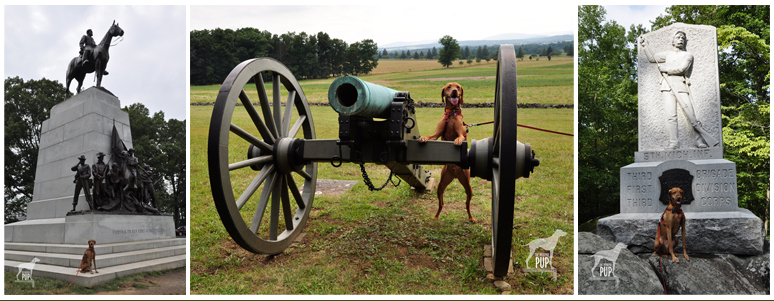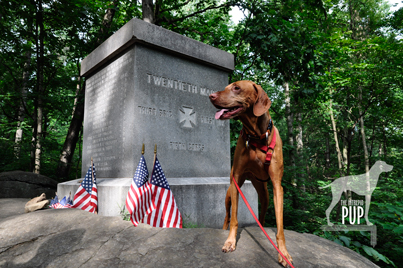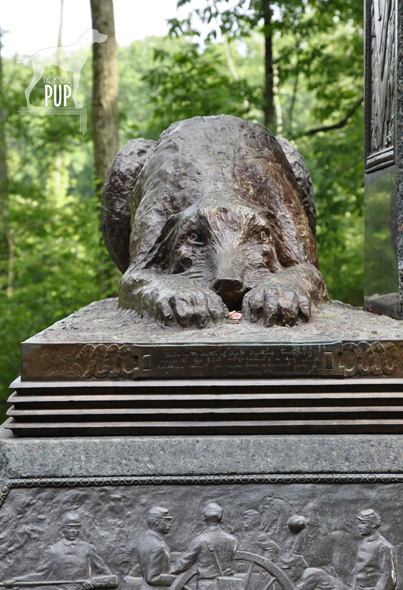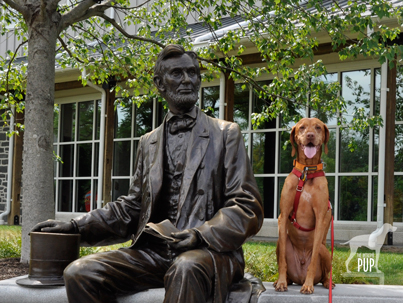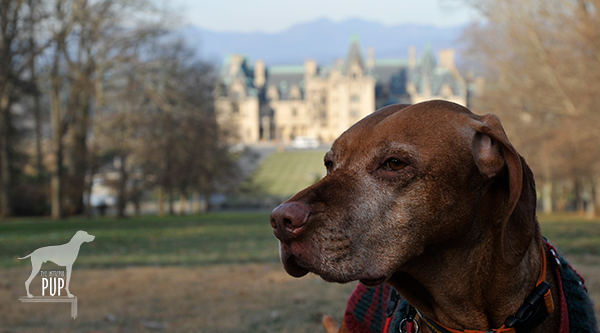
Being there: Intrepid Pup Tavish heads to North Carolina’s Biltmore Estate to see how America’s largest home–and also among the most dog-friendly–prepares for the holidays.
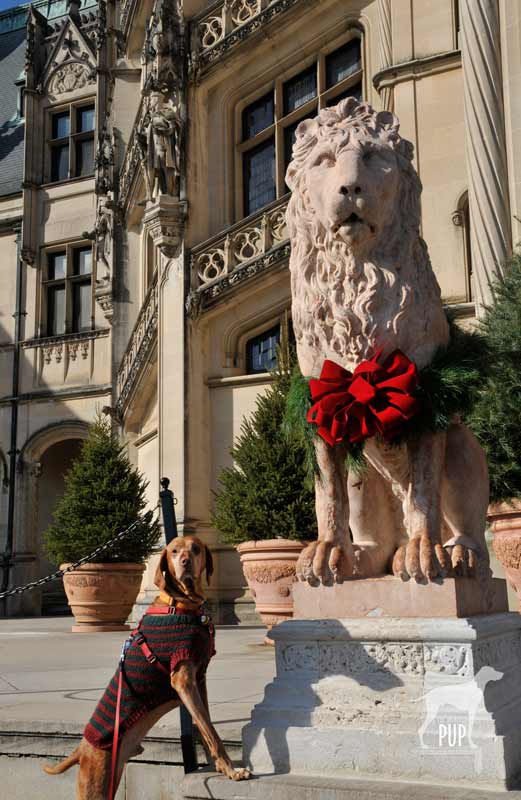
Tavish cozies up to one of the lions flanking the entrance to the Biltmore.
It’s beginning to look a lot like Christmas, so it’s high time for Tavish the Intrepid Pup to resume his series on the national “howl-iday” scene, scoping out what are arguably among the country’s most iconic—and dog-friendly—holiday spots. (Visit the index to find the four other venues that have made Tavish’s list to date!)
The Biltmore in Asheville, North Carolina, defines elegance and hospitality on the grandest of scales. George Vanderbilt II—grandson of renowned American industrialist Cornelius Vanderbilt—was a prominent art collector who carved out his own considerable legacy in taking six years to build his magnificent country retreat on 125,000 acres with views of the Blue Ridge Mountains. With Richard Morris Hunt designing the house and preeminent landscape architect Frederick Law Olmsted masterfully curating the grounds, Biltmore’s châteauesque appearance is reminiscent of fine European estates and stands as a testament to the sumptuousness of the Gilded Age. Vanderbilt debuted his home on Christmas Eve of 1895, so it’s especially fitting to make a visit during the holiday season. The annual “Christmas at Biltmore” festivities run from early November to mid January, and although most of the outdoor formal gardens have gone dormant for the winter, the home itself is arguably at its most splendid.
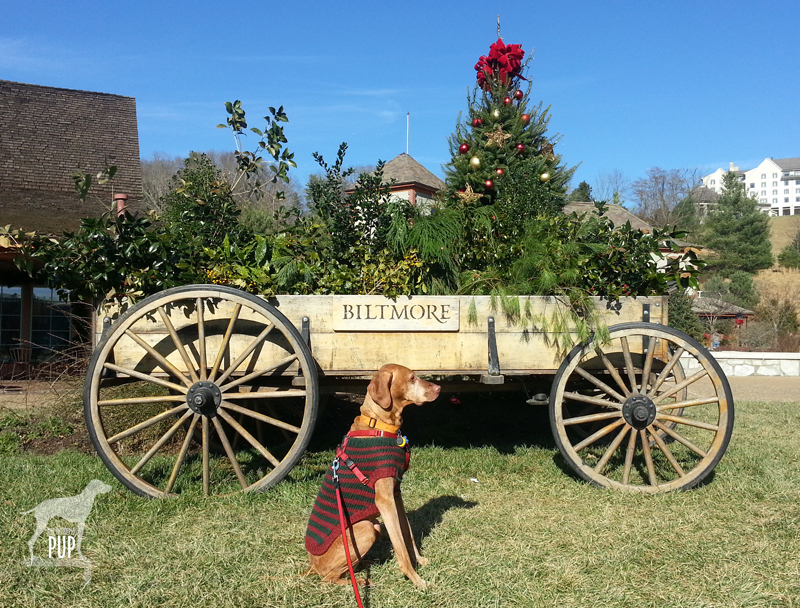
Tavish extended his Biltmore experience at Antler Hill Village, five miles from the main house but still on the grounds of the estate! There you’ll find the winery, an exhibition gallery, a farmstead, trailheads, and (weather-permitting) ample dog-friendly patio dining.
The transformation of Biltmore to its opulent yuletide finest is a highly orchestrated affair involving legions of designers, florists and staff. There’s different themed décor each Christmas, and preparations are well underway by September. According to one of the guides we met, the final two weeks of October are when things really hit a fever pitch. A giant live tree (always at least 35 feet tall!) is carefully installed in the Banquet Hall and adorned with hundreds of ornaments. Garlands are hung, and pastry chefs put the finishing touches on the signature gingerbread house. Unfortunately, photography isn’t permitted inside Biltmore, so you’ll just have to take our word for it that everything is as magnificent as you’d hope!
The tickets required for entry to the grounds include parking, shuttle service, a brochure-guided tour of the house, and access to the estate’s Antler Hill Village. Don’t miss the winery, where you’ll receive a complimentary tasting. Special Candlelight Christmas Evening tours are also available. Plan on spending a minimum of 90 minutes on the house tour—longer if you partake of the recorded audio guide (an extra fee applies). You’ll traverse three floors of living space—plus the basement kitchens, servants’ quarters and recreation areas. With 250 rooms, you can readily see why Biltmore is the largest private residence in America!
Leashed dogs are welcome at Biltmore, and while they can’t go in the house, there’s plenty of room to roam outside. You’re expected to clean up after your pet, and receptacles are conveniently located throughout the grounds. Biltmore offers a few outdoor self-service kennels, but we recommend savoring the Biltmore wonderland by exploring with your pup!
Dogging the Details
 35°32′26.02″N, 82°33′8.35″W
35°32′26.02″N, 82°33′8.35″W
Biltmore, Asheville, NC
Biltmore earns an enthusiastic “3” on the Intrepid Pup wag-a-meter for its unique offerings, canine heritage, and dog-friendly experiences.
Asheville is a refreshingly dog-friendly destination with—at last count—more than 30 accommodations for those traveling with pets. Team Tavish stayed at the Days Inn Biltmore East on Tunnel Road, just a 15-minute drive along I-40 to the Biltmore. Like many area hotels, ours offered the convenience of purchasing Biltmore passes directly from them at no markup. We visited Biltmore on the Saturday after Thanksgiving (one of the estate’s busiest days of the year) and even though we arrived shortly after the grounds opened for the day, parking spaces were already filling rapidly. Shuttles chauffeur guests from the various lots right to the front door. Dogs aren’t allowed on the shuttle, but when we let the parking attendant know we were traveling with a dog, he radioed ahead and kindly directed us to a parking area within easy walking distance instead.
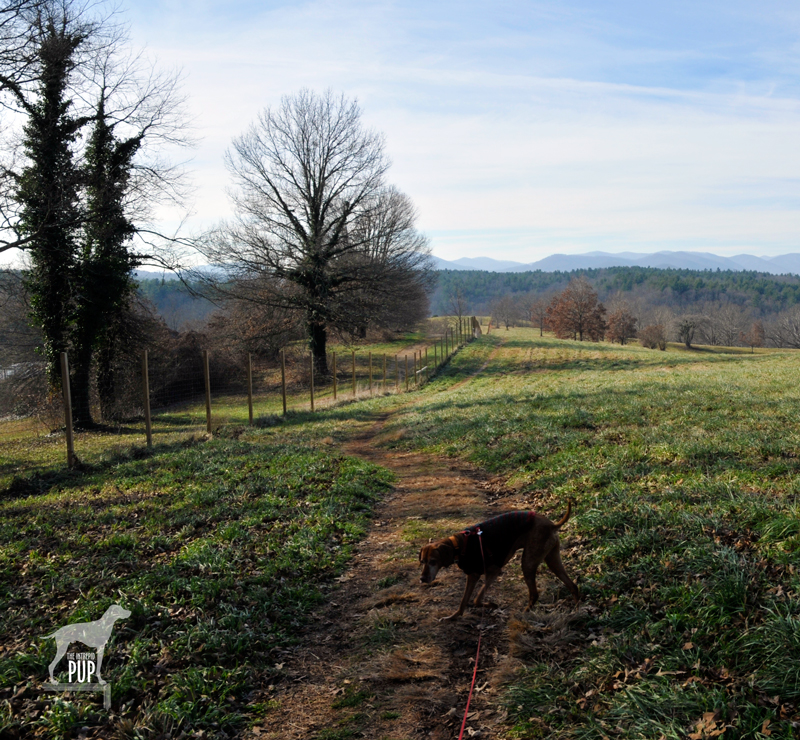
Tavish ran the Deer Park Trail, which offers varied terrain, panoramic mountain vistas, and great views of the house. The trailhead for this 2.6-mile round trip hike is adjacent to Biltmore’s South Terrace. It feels like the backdrop for a movie set, and indeed portions of the films Being There, Last of the Mohicans and Forrest Gump featured these very grounds!
Tavish was eager to burn off some energy, so we checked out our hiking options. After George Vanderbilt’s death in 1914, his wife Edith “downsized,” selling off 87,000 acres to the U.S. Forest Service. Not to worry: 8,000 glorious acres remain with some 22 miles of trails from which to choose. A series of short loop routes (each under a 1/2 mile) total 2.5 miles in just the gardens alone. Longer trails of up to 4 miles round trip originate from the main house and also from the Antler Hill Barn near the winery, a 15-minute drive from the main parking lots. Since we were taking turns going on the house tour and walking Tavish, we selected the Deer Park Trail which begins at the house’s South Terrace and meanders through a hilly landscape down to the Lagoon. Racing through the tall grass, catching fleeting scents of various wildlife that consider Biltmore’s grounds their home, Tavish was following in the paw prints of the many dogs who’ve gone before.
Dogs have historically been numerous and well-loved at Biltmore. George and Edith Vanderbilt had a kennel of Collies and owned Borzois/Russian Wolfhounds and St. Bernards. The dogs purportedly had run of Biltmore’s first floor. Imagine that! The Vanderbilts’ only child Cornelia shared their affection for canines. As an adult, Cornelia maintained a kennel of Llewellin Setters and later, with her husband John Amherst Francis Cecil, had Salukis. And it seems the tradition continues; upstairs in the main house, we spotted a circa 1990 Cecil family portrait complete with a regal looking standard poodle named Blackberry.
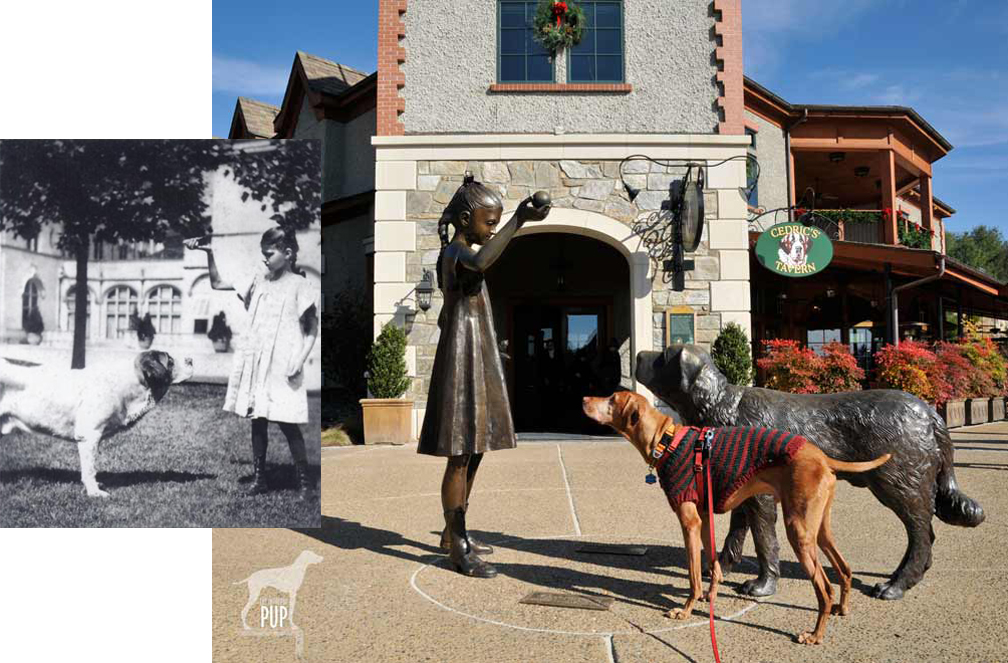
This circa 1910 photograph (inset) depicting Cornelia Vanderbilt and beloved St. Bernard, Cedric, was replicated on Biltmore’s grounds in a 2010 sculpture by Vadim Bora (1954-2011). It was the artist’s final commission.
But of all Biltmore’s dogs, it’s Cedric that represents the pack. Cedric was the pet St. Bernard who appears in several vintage photographs held in Biltmore’s Archives. The Vanderbilts even gave Cedric’s progeny to family and friends. He lives on as the “voice” of the home’s audio tour for children. And if you head over to the estate’s Antler Hill Village, you can’t miss Cedric’s visage on the sign of his namesake tavern. If the weather is nice, sit out on the dog-friendly patio and raise a glass of Cedric’s Pale Ale or Brown Ale in his honor. A charming statue of Cedric playing with young Cornelia is out front (see photo above). While you’re there, you’ll also want to pop into the neighboring Outdoor Adventure Center and the Mercantile—Tavish discovered that the shopkeepers offered a complimentary treat to visiting pups! Biltmore’s staff members seem to genuinely embrace the pet-friendly ethic, making this historic home a great place to visit at Christmas or in any season.

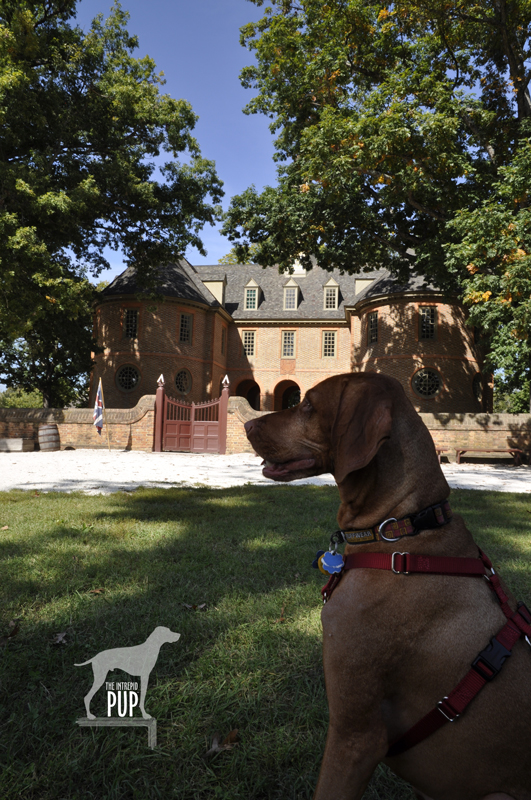
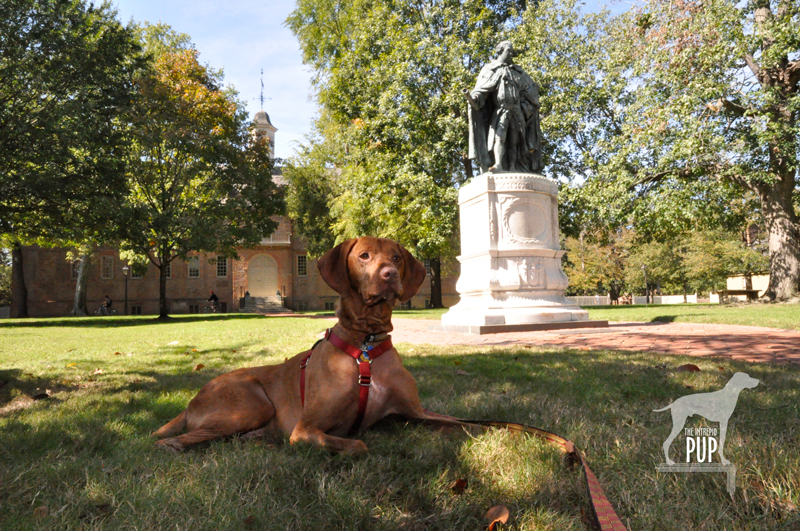
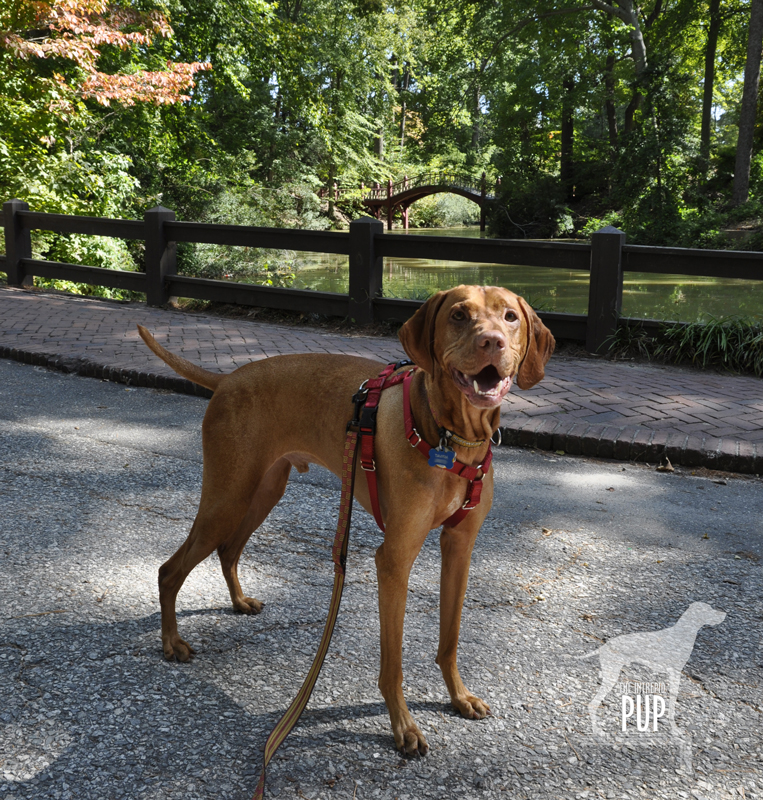

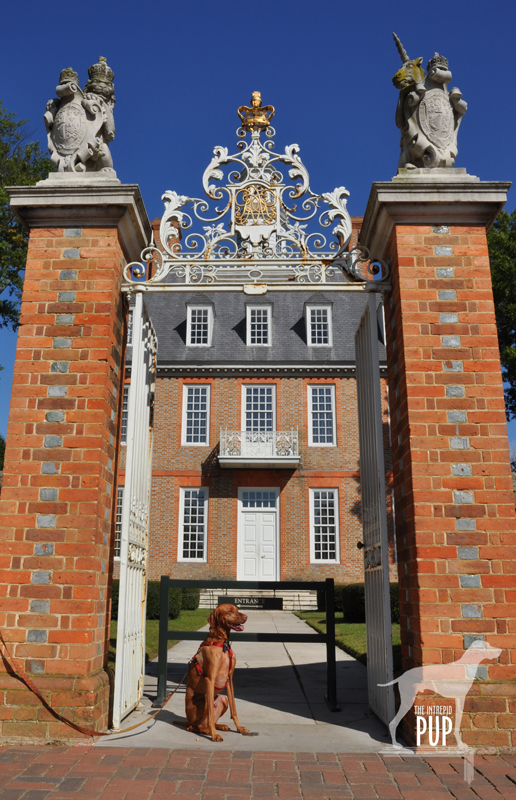
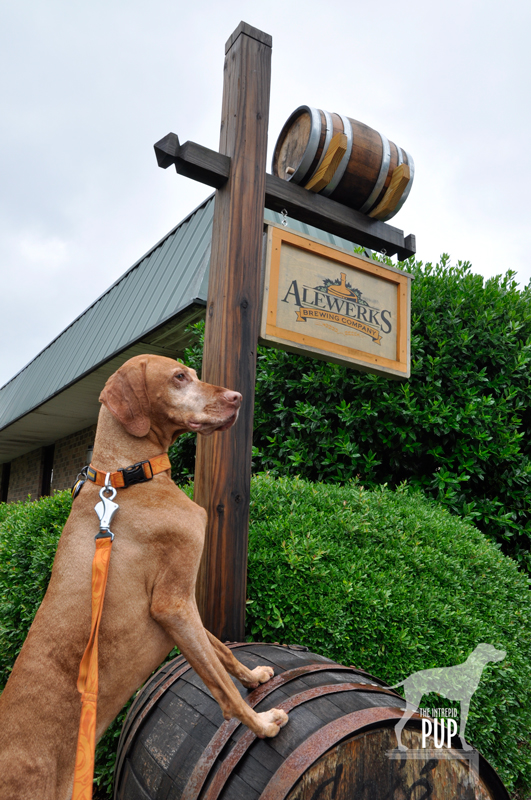
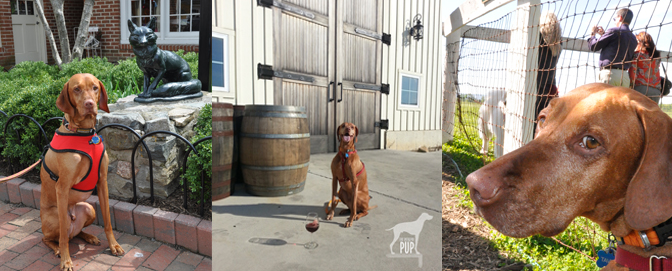
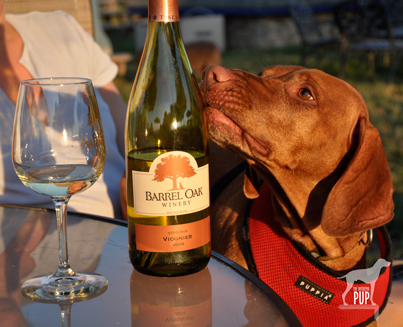
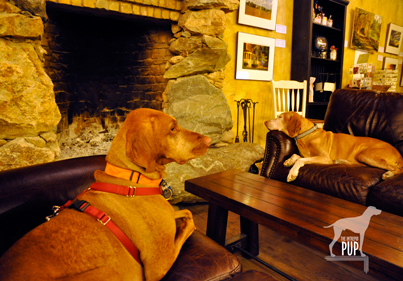
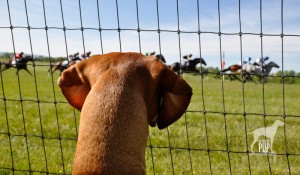
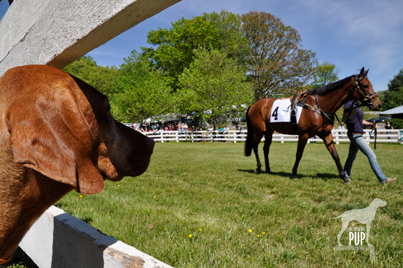
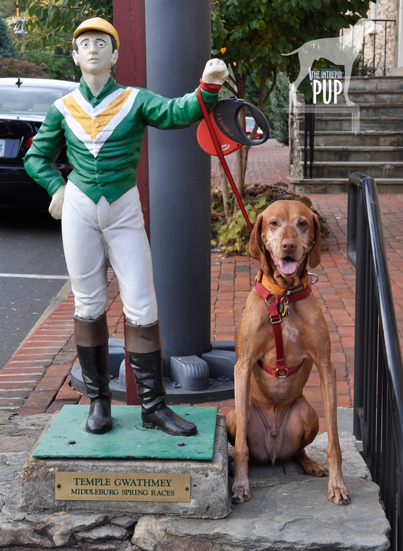 noon. We set up on one of the knolls overlooking the course and watch the pageantry unfold over timbers, hurdles, and on the flat. A horn is sounded to call “riders up,” and a race steward in a perfectly tailored red hunt coat leads the field from the paddock to the start. Since the course is fairly open and sloping, you have a clear view, even when the horses are traversing the far sections. The crackle of excitement is palpable as the announcer calls the race over the public address system, and it’s a thrill to witness the colorful blur of silks as the horses thunder past on the final uphill curve to the finish.
noon. We set up on one of the knolls overlooking the course and watch the pageantry unfold over timbers, hurdles, and on the flat. A horn is sounded to call “riders up,” and a race steward in a perfectly tailored red hunt coat leads the field from the paddock to the start. Since the course is fairly open and sloping, you have a clear view, even when the horses are traversing the far sections. The crackle of excitement is palpable as the announcer calls the race over the public address system, and it’s a thrill to witness the colorful blur of silks as the horses thunder past on the final uphill curve to the finish.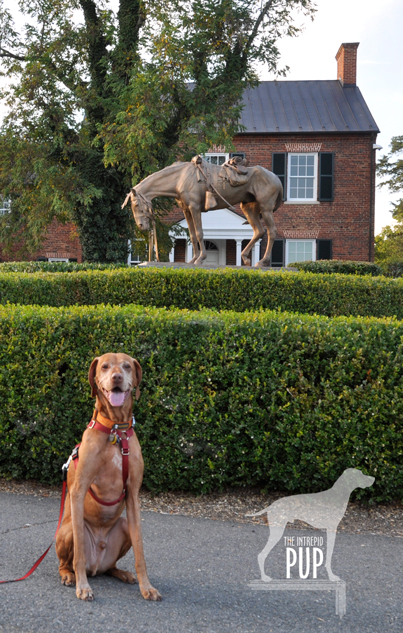
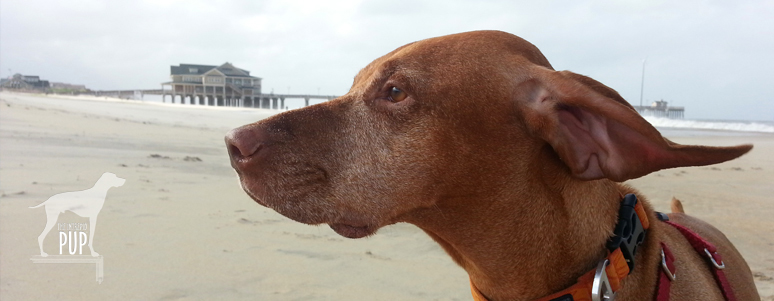
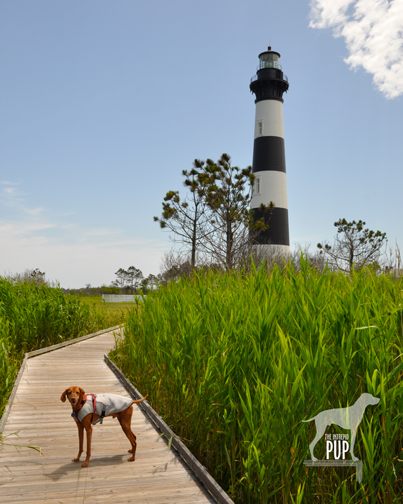
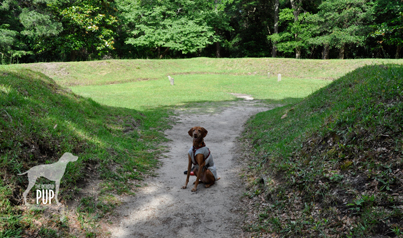
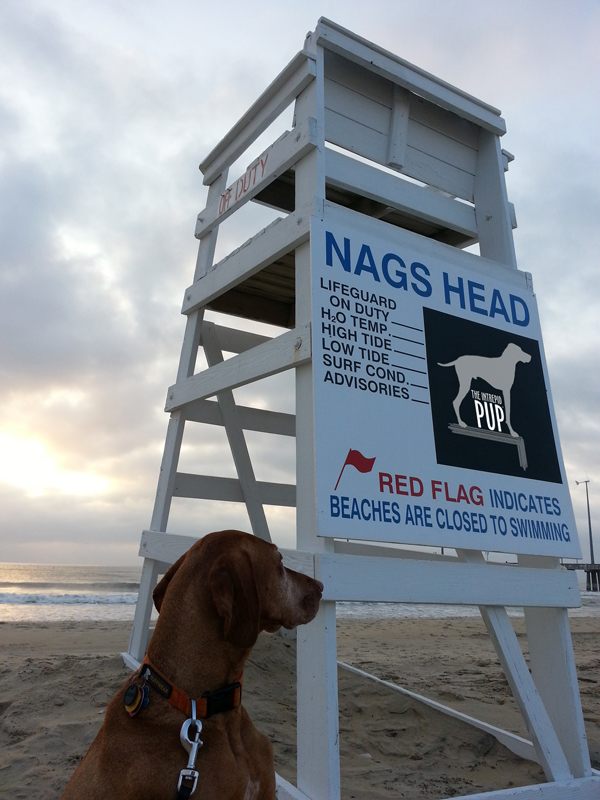
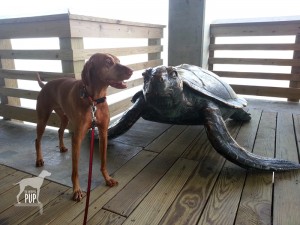
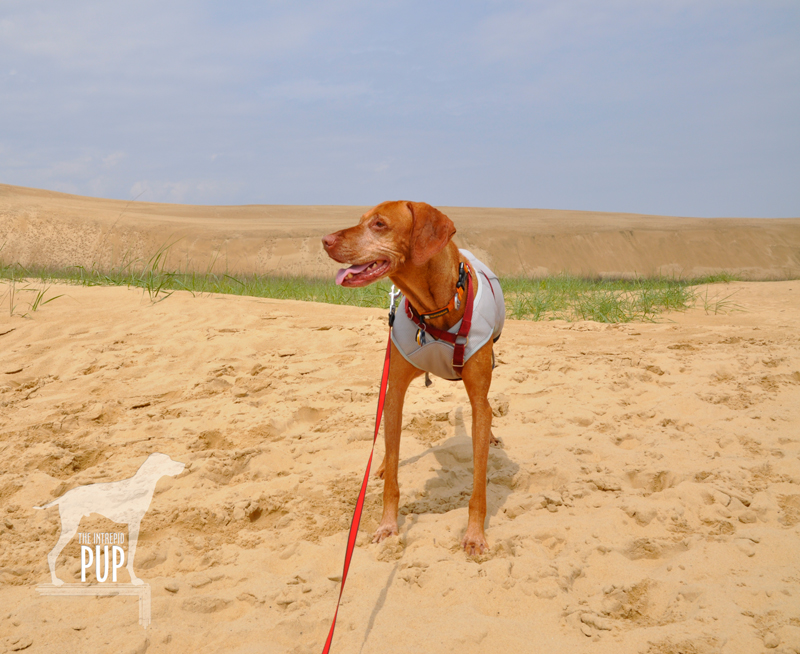
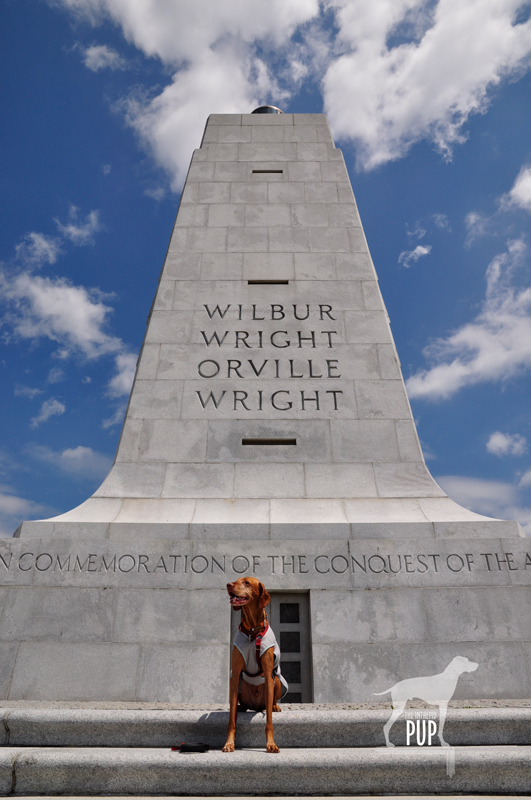
 You see a lot of dogs on the Outer Banks enjoying outdoor activities a-plenty. So at first we were puzzled by the fact that dog-friendly lodging and dining weren’t as abundant. It turns out that many dog-owning OBX vacationers rent beach houses by the week (Sunday to Saturday) so they’re not needing as many hotels and always have the option of cooking in. That being said, there are approximately a dozen pet-friendly overnight accommodations. We stayed at the
You see a lot of dogs on the Outer Banks enjoying outdoor activities a-plenty. So at first we were puzzled by the fact that dog-friendly lodging and dining weren’t as abundant. It turns out that many dog-owning OBX vacationers rent beach houses by the week (Sunday to Saturday) so they’re not needing as many hotels and always have the option of cooking in. That being said, there are approximately a dozen pet-friendly overnight accommodations. We stayed at the 
